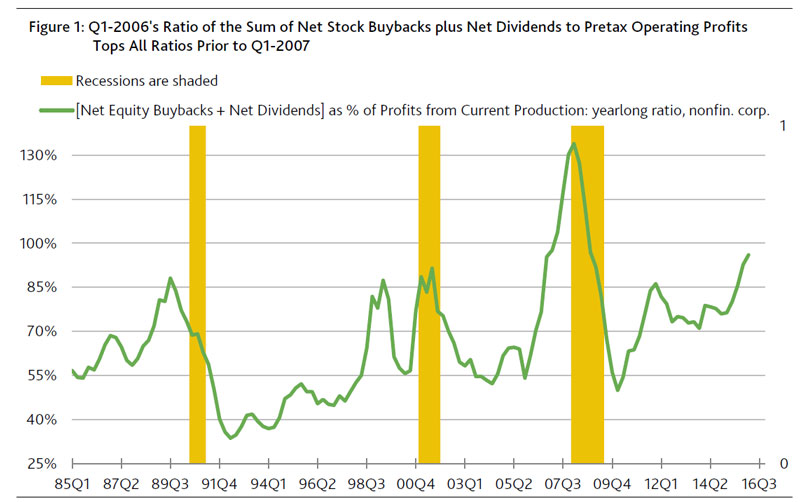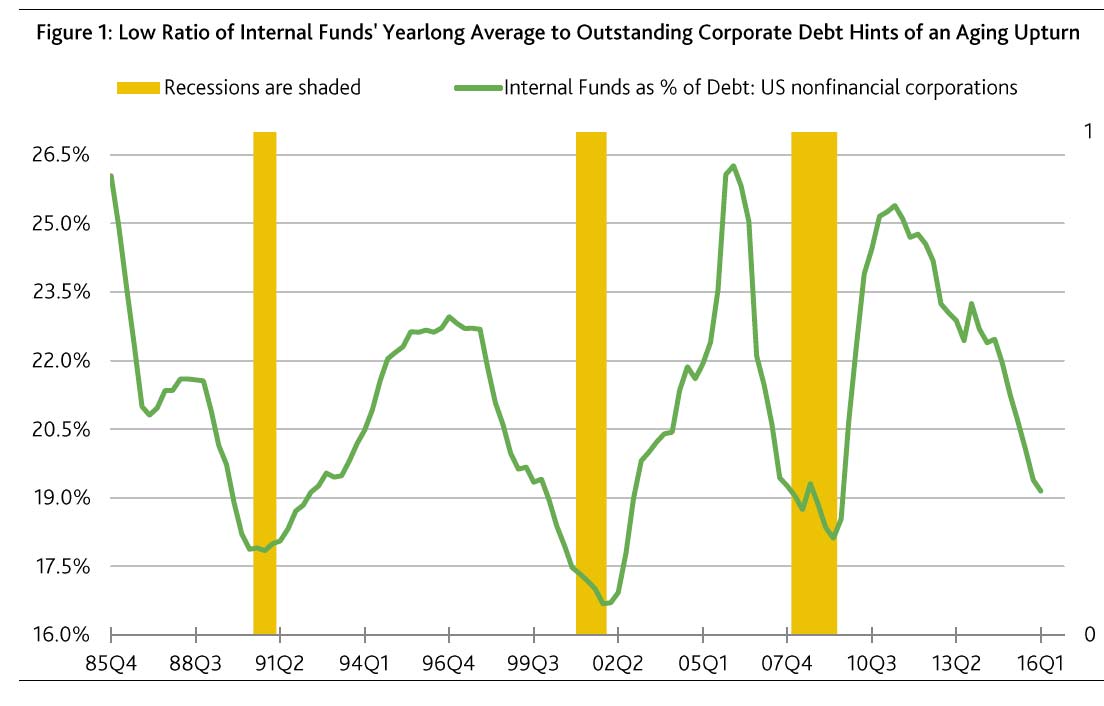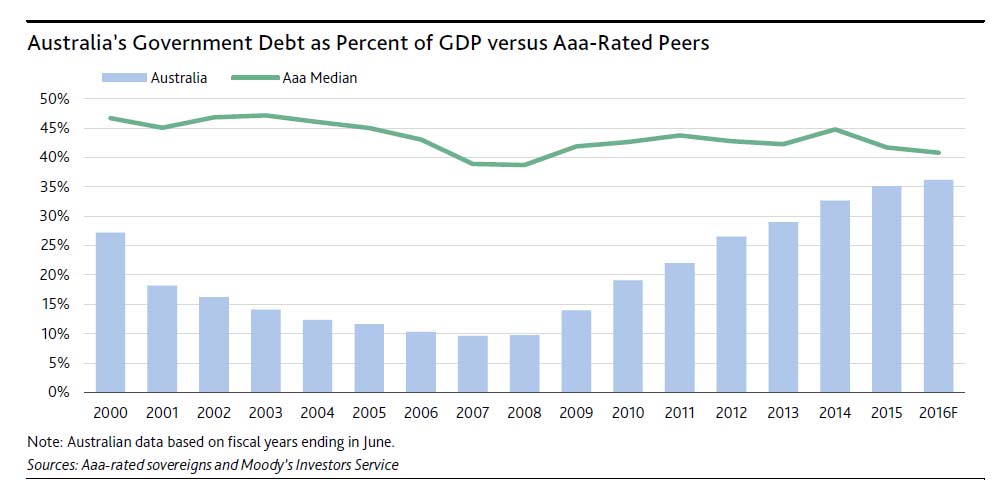Moody’s says that last Tuesday, the Bank of England’s (BoE) Financial Policy Committee (FPC) reduced the countercyclical capital buffer (CCyB) applied to banks’ UK risk-weighted assets to 0.0% from 0.5% as a result of expected softening in the UK economy following the UK referendum to exit the EU (Brexit). The reduced CCyB gives banks greater flexibility in providing credit to households and businesses, but reduces banks’ requirements to hold loss-absorbing capital, which is credit negative.

The 0.5% reduction of the regulatory capital buffers for UK banks in aggregate equates to £5.7 billion of capital. Given the BoE’s estimate of bank sector aggregate leverage of 4%, this allows for an increase in banks’ lending capacity of £150 billion. Such measures reduce the likelihood of a credit crunch and allow the UK’s financial system to absorb shock rather than amplify the negative effects on growth and investment from the uncertainty following the Brexit Referendum.
In 2015, net lending to the UK banking sector increased by around £60 billion, a small proportion of the additional lending capacity created by this reduction in capital requirements. Increasing the UK banks’ lending capacity will likely support their profitability, which we expect to be pressured by the low-rate environment, likely fall in demand for credit and an increase in credit impairments from the uncertainty around the UK’s vote to leave the EU.
Although the PRA and the FPC deem that the banks will still hold sufficient idiosyncratic and systemic risk capital to withstand a severe but plausible stress, these reductions in capital buffers will, if used to support lending, increase banks’ vulnerability to unexpected idiosyncratic and macroeconomic shocks. The effect will vary across UK banks, with leverage-constrained institutions less affected than those that are relatively more capital constrained. At 30 March 2016, the aggregate common equity Tier 1 ratio of the UK’s seven largest banks stood at 12.3%.
In March 2016, the FPC raised the CCyB to 0.5% effective March 2017 from 0.0%, with a 1% target for later in 2017, for the UK’s six largest banks1 in response to domestic credit risks, mainly related to an overheating housing market. Concurrently, to ensure there was no duplication in capital requirements, the FPC recommended reducing Prudential Regulation Authority (PRA) supervisory buffers (Pillar 2B) by 0.5%, offsetting the initial introduction of the CCyB. Despite this reversal in the decision to raise the CCyB, the BoE recommended to retain and bring forward the reduction in banks’ PRA buffer, to the extent the level of individual bank buffers is driven by macroeconomic versus idiosyncratic risk factors, thereby increasing available capital to support lending to businesses and households.
The CCyB is a macro prudential tool whereby the FPC adjusts bank capital requirements on a systemwide basis with the aim of dampening procyclicality of bank lending to the UK economy. This is intended to reduce the negative effects of boom and bust economic cycles, which are costly for banks and the wider
economy.
Although the CCyB may help avoid a credit crunch, amid a period of prolonged uncertainty around the UK’s future trade relationship with the EU, demand for credit is likely to be subdued, raising questions about the policy’s effectiveness on the real economy.





